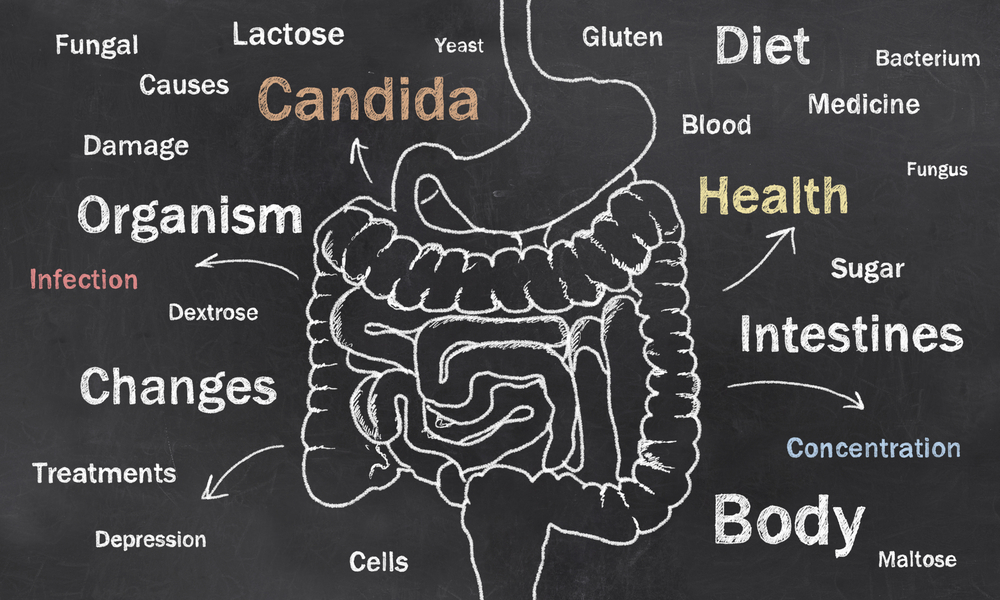Type 2 diabetes mellitus in children has increased in frequency worldwide over the past two decades. Type 2 diabetes is an aggressive condition linked to a high treatment failure rate and early complications. There are numerous options to help control or prevent diabetes at young age. Encourage your child to eat healthy foods, limit sweet drinks, get plenty of physical activity, get sound sleep, and spend less time on screens. Many children with type 2 diabetes require oral glucose-lowering drugs and insulin therapy.
Type 2 Diabetes in Children and risk factors
Type 2 diabetes is a metabolic disease described as hyperglycaemia, insulin resistance, and relatively impaired insulin. Type 2 diabetes in children is even more concerning and complex. As per research studies, type 2 diabetes occurs due to complex interactions between social, behavioural, and environmental risk factors that particularly affect genetically susceptible individuals. Regarding the role of genes in diabetes development, still more to reveal, but multiple genes seem to play a role, leading to a strong genetic predisposition. Further, research shows that one-half of youth with Type 2 diabetes mellitus have at least one affected parent.
Similarly, the offspring of a parent with diabetes has almost double the risk of developing diabetes compared to the risk of an individual without a Type 2 diabetes parental history, and this risk is even higher if both parents are affected. Sex is another risk factor, with adolescent girls being 1.3 to 1.7 times more likely than boys to the metabolic disorder for unclear reasons. Furthermore, puberty also plays a role in due. Being overweight, obesity and physical inactivity are also causes of diabetes in young age. Weight issues and obesity may make young people more likely to have insulin resistance, which alone may lead to several health issues.
Symptoms of diabetes in children
Type 2 diabetes young age can enter in several ways. About one-third of the patients will be identified without having any typical symptoms. These are usually obese mid-adolescence and were evaluated because of one or more positive risk factors. In addition, they usually have one or more of typical metabolic syndromes characteristics such as dyslipidemia (imbalance of cholesterol and lipid levels) and hypertension. Some adolescents will present with the typical symptoms of hyperglycaemia. Recent weight loss might also occur but is usually less severe than that observed in patients with type 1 diabetes.
Additionally, frequent fungal infections or severe vulvovaginitis in adolescent girls can be a complaint. Very few may develop diabetic ketoacidosis (a serious diabetes complication). These patients usually require rehydration and insulin replacement therapy. Patients dealing with symptoms such as vomiting can deteriorate rapidly and require urgent screening.
Prevention
Managing type 2 diabetes at young age in a timely and efficient manner is essential to prevent or at least delay complications and improve long-term outcomes.
Breastfeeding has been shown to reduce the risk of youth-onset type 2 diabetes. Obesity is considered one of the major risk factors for the development of diabetes. Efforts to improve sleep quantity, decrease sedentary behaviours and increase physical activity can result in significant metabolic health benefits. Interventions aimed at reducing sweetened beverage consumption among children also be considered, as consumption of these beverages has been associated with both obesity and type 2 diabetes. Screen time should be minimized, given its relationship to greater insulin resistance and adiposity.
For several years the only agents approved by the United States Food and drug administration for treating Type 2 diabetes in children and adolescents were metformin and insulin. Metformin increases insulin-mediated glucose uptake in the tissues and decreases hepatic glucose production, promoting decreased glucose levels. On the other hand, insulin is used in the initial management of type 2 diabetes young age patients with severe hyperglycaemia and ketoacidosis or patients with mixed symptoms of Type 1 diabetes and Type 2 diabetes.
In children with obesity, interventions including healthy nutrition, physical activity and mental health support have been shown to cause a significant reduction in body mass index (BMI) and improve metabolic health parameters. In adolescents with obesity, medications, including orlistat and metformin in combination with healthy behaviour interventions, result in an additional reduction in BMI over the short term, with frequent gastrointestinal side effects. Long research studies are absent, and no paediatric studies have been performed to assess the prevention of Type 2 diabetes or long-term complications using these drugs. In adolescents with evidence of severe insulin resistance, treatment with metformin or orlistat should only be considered after evaluation of the child’s metabolic status, family history, and review of healthy behaviour interventions.
Due to a lack of evidence, weight management drugs should only be given to people within a supervised clinical trial context. Surgery options, including bariatric surgery, may be considered in adolescents with severe obesity who have reached their final adult height and have undergone an assessment by a team of healthcare experts affirming their understanding of the procedure’s risks and benefits and having appropriate family and social support.
The bottom line!
Type 2 diabetes is a largely preventable disease that will be addressed effectively only if its major contributor: paediatric obesity, is confronted and prevented at every possible stage. Buy medicines online from the most reliable online pharmacy store at Reliable Rx.



